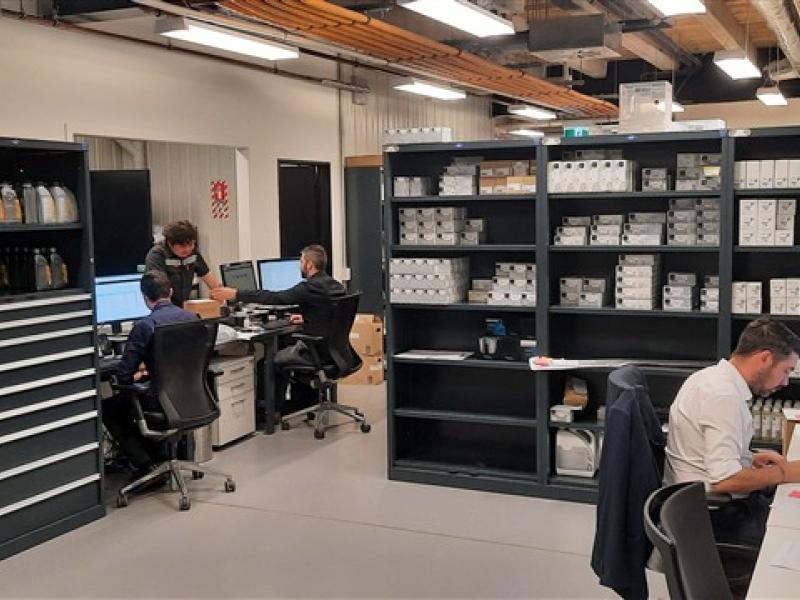Courtesy Cressall
According to the European Automobile Manufacturers’ Association, or AECA, of the 1.9 million cars registered in 2021, the number of diesel car registrations represented 66 percent less than in 2017. In the same time period, battery and hybrid EVs experienced a tenfold increase. However, while electrification seems to be progressing well for cars, challenges remain in other vehicle categories.
The regulation
EU regulation relates to any vehicle belonging to category M3 – vehicles used for the carriage of passengers, comprising of more than eight seats in addition to the driver’s seats with a maximum mass exceeding five tonnes. Typically, these are buses and coaches.
Regardless of how category M3 vehicles are fuelled, they must be fitted with a secondary or endurance brake to safeguard the vehicle’s ability to stop. Category M3 vehicles brake differently to cars, as they do not purely rely on their service brakes to slow down. Instead, they also use an endurance braking systems, which enables the driver to reduce the speed, or descend at a nearly constant speed, without using its service brakes. The benefit of an endurance braking system is that it doesn’t overheat as quickly on long declines and reduces the risk of fade or failure of the service brakes.
In order to comply with regulation, vehicles must pass the ECE R13 Type -IIA test, which requires the vehicle to maintain a speed of 30 kilometres per hour (kph) for 12 minutes on a seven percent slope without using its service brakes.
The challenge
In the past, passing this test has proven difficult for EVs. The technical issue comes when the battery is fully loaded. The vehicle’s endurance braking system works on a regenerative braking model, meaning that when the vehicle’s brakes are pressed, the kinetic energy is converted into electrical energy, which is directed to the EV’s battery to recharge it.
When an EV’s battery is full, the vehicle’s kinetic energy cannot be converted into electricity and stored, meaning regenerative braking is impossible, and the endurance braking system cannot operate. So in order to pass the test, it’s important to ensure the availability of sufficient capacity in the battery, or create a separate outlet channel for excess energy to be directed into to keep the system operational and ensure the vehicle can pass the downhill test.
The solution
One solution to ensuring sufficient capacity of the EV’s battery is to fit a dynamic braking resistor that removes excess energy from the system and dissipates it as heat. This heat takes the form of hot water within the EV’s own, existing cooling system. Removing energy from the system in this way ensures that the endurance braking system remains active by providing an outlet for excess energy.
Typical concerns around the use of a resistor for this application centre around a possible negative impact on weight and cost. But Cressall’s EV2 water-cooled DBR is designed specifically for EV applications, providing the high reliability, mechanical simplicity and low weight required. The EV2’s unique patented design means it is typically ten per cent of the volume and 15 per cent of the weight of the inequivalent air-cooled DBR. It can also be integrated into a vehicle’s existing overall cooling system, removing the need for a separate cooling circuit, further reducing weight additions.
www: www.cressall.com






